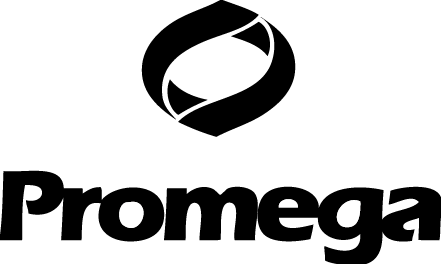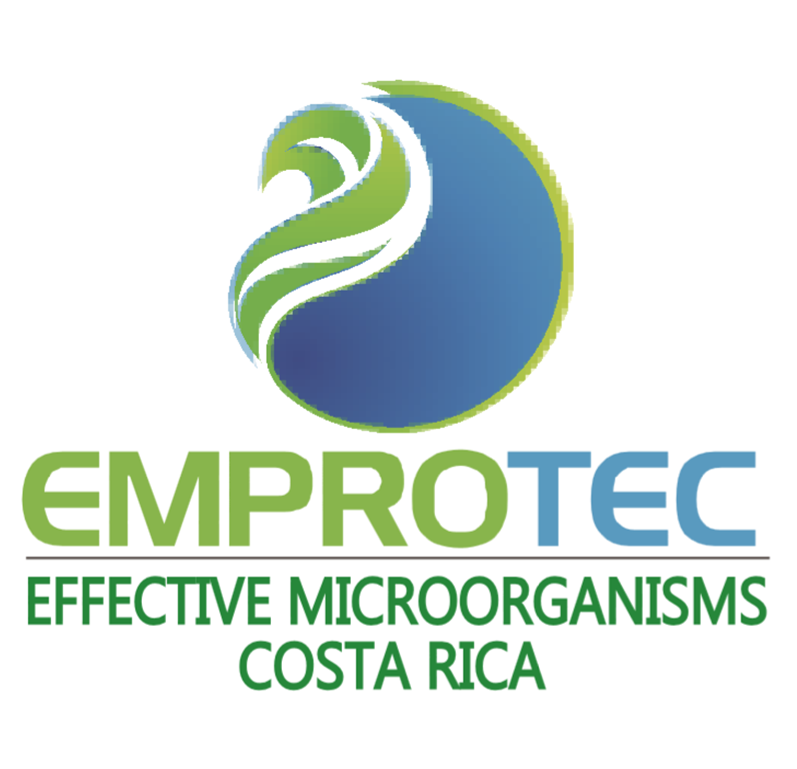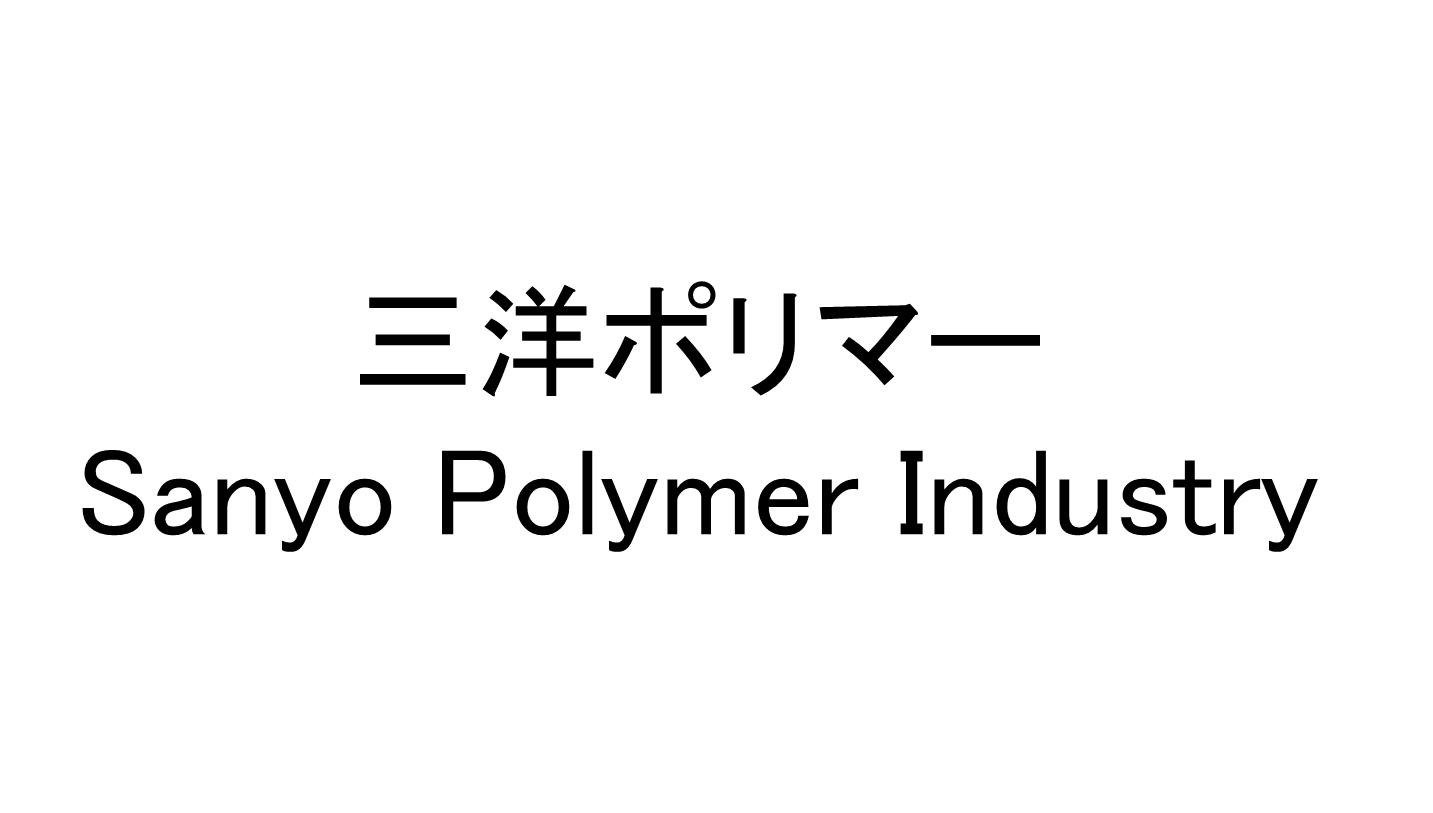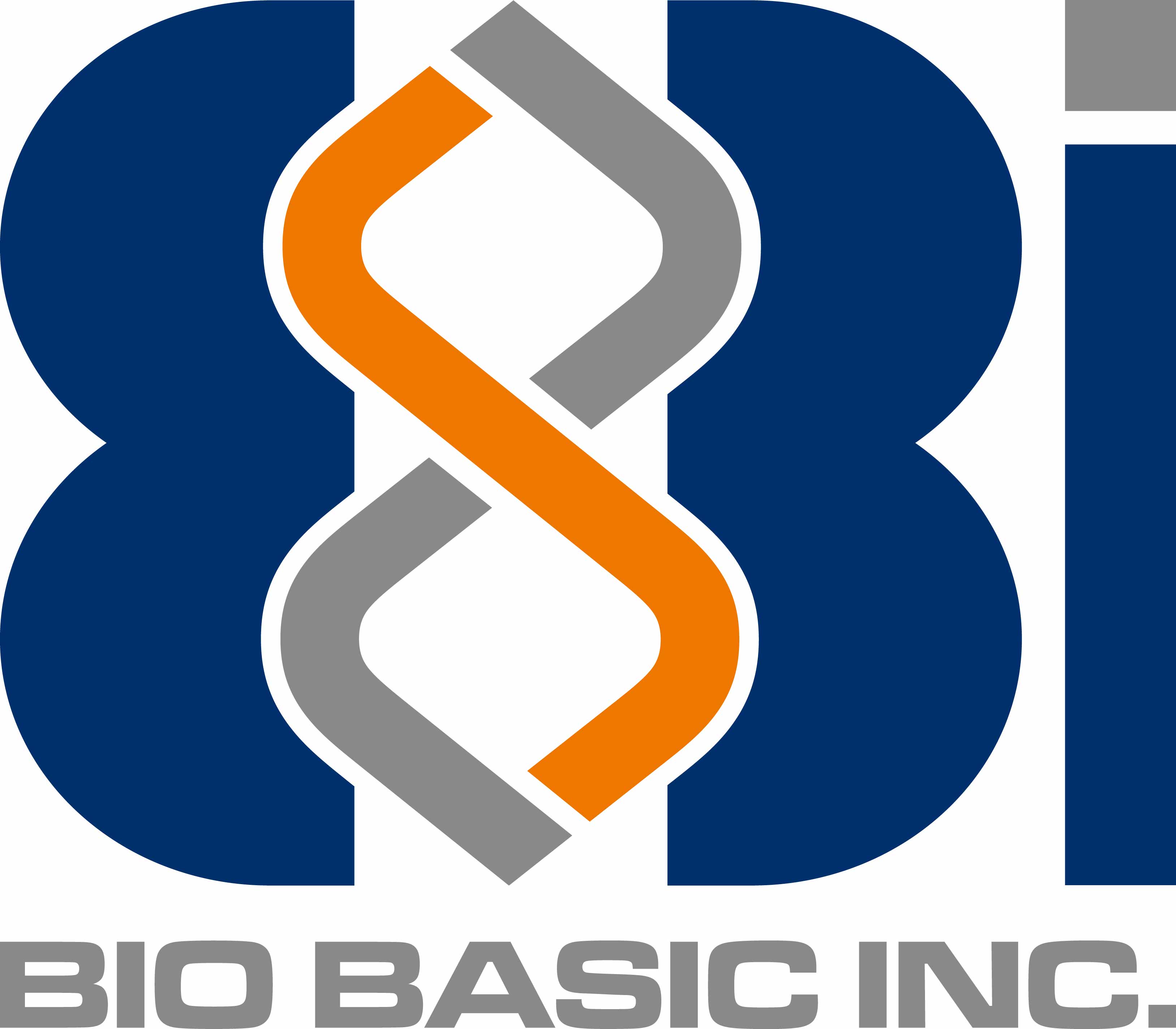Difference between revisions of "Team:Nagahama"
(→Bronze Medal) |
(→Abstract) |
||
| (84 intermediate revisions by 5 users not shown) | |||
| Line 1: | Line 1: | ||
{{Nagahama}} | {{Nagahama}} | ||
| + | =FLAVORATOR: New food preservation method by rose odor ''E. coli''= | ||
| + | ==Abstract== | ||
| + | Food problems are a serious matter in the world. Among them, food preservation is the one. Ideal food preservation is keeping food without causing quality change for longer time with cost effectively. A plenty of preservation methods have been used so far, we created a new one to solve it. It is "Flavorator". The concept of “Flavorator” is a food-keeping box, in which a kind of flavor is released to suppress microbes’ growth. For a flavor-producer in a "Flavorator", the most plausible candidate is an engineered ''E. coli'' that produces antimicrobial and/or bacteriostatic volatile gaseous substances (flavors) to suppress unwanted microbial growth. terpenes, such as geraniol and/or farnesol, are the ones that are produced by the plants. Here, we show our strategy following three sequential steps towards accomplishing our goal. (1) In ''E. coli'', terpene's precursors, such as isopentenyl pyrophosphate (IPP) and dimethylallyl pyrophosphate (DMAPP), are produced by non-mevalonate (MEP) pathway. In MEP pathway, there are four enzymes, (''ispD'', ''ispF'', ''idi'', and ''dxs'') that are rate-limiting enzymes to produce terpene’s procursors in ''E. coil''. In order to create a high-yield strains producing IPP and DMAPP, we exogenously engineer to superimpose these genes into ''E. coli'' to create strains overproducing IPP and DMAPP in a MEP pathway. (2) Second, in In addition to introduction of three genes in a MEP pathway, we further introduced farnesyl diphosphate synthase gene (''ispA'') or its mutant (''m-ispA'', S80F) in combination with geraniol synthase gene from ''Ocimum basilicum'' (''ObGES''). These gene-combinations are possible to convert IPP and DMAPP into to farnesol or geraniol, respectively. (3) Finally, we further introduce an activator gene of AcrAB-TolC efflux pump (''MarA'') to release the farnesol and geraniol from the cells and increase the content in the media that shows increase in these flavors in the air. | ||
| + | The results we obtained are as follows: (1) Ubiquinone 8, which is an end product of MEP pathway, as IPP and DMAPP are intermediate, so they are hard to be detected, was detected more in superimposed strain than the counterpart ''E. coli''. (2) Farnesol was produced by ''E. coli'' engineered with farnesol production device [http://parts.igem.org/wiki/index.php?title=Part:BBa_K1653025 (BBa _K1653025)]. We were able to validate our constructed genes working well. (3) ''E. coli'' engineered with geraniol production device [http://parts.igem.org/wiki/index.php?title=Part:BBa_K1653021 (BBa _K1653021)], ''ObGES'', showed different smell as compared with counterpart control (pSB1C3). (4) ''E. coli'' engineered with ''MarA'' device [http://parts.igem.org/wiki/index.php?title=Part:BBa_K1653020 (BBa _K1653020)] showed exported intracellular geraniol. (5) ''E. coli'' engineered with ''MarA'' device [http://parts.igem.org/wiki/index.php?title=Part:BBa_K1653020 (BBa _K1653020)] showed increased tolerance to the geraniol as compared with the counterpart non-engineered strain. | ||
| + | ==TRACK== | ||
| + | '''Food Nutrition''' | ||
| − | + | ==We certainly achieved GOLD Medal Criteria!== | |
| − | + | === Bronze Medal === | |
| − | + | ||
| − | + | ||
| − | + | ||
| − | + | ||
| − | + | ||
| − | + | ||
| − | + | ||
| − | + | ||
| − | + | ||
| − | + | ||
| − | = We achieved GOLD Medal Criteria | + | |
| − | + | ||
| − | + | ||
| − | + | ||
| − | == Bronze Medal == | + | |
| − | + | ||
{| class="wikitable" | {| class="wikitable" | ||
|- | |- | ||
| Line 28: | Line 18: | ||
|2 | |2 | ||
|Complete the Judging form. | |Complete the Judging form. | ||
| − | | | + | |[https://igem.org/2015_Judging_Form?id=1653 Here]is our judging form |
|- | |- | ||
|3 | |3 | ||
| Line 40: | Line 30: | ||
|5 | |5 | ||
|Create a page on your team wiki with clear attribution of each aspect of your project. This page must clearly attribute work done by the students and distinguish it from work done by others, including host labs, advisors, instructors, sponsors, professional website designers, artists, and commercial services. | |Create a page on your team wiki with clear attribution of each aspect of your project. This page must clearly attribute work done by the students and distinguish it from work done by others, including host labs, advisors, instructors, sponsors, professional website designers, artists, and commercial services. | ||
| − | | | + | |[https://2015.igem.org/Team:Nagahama/Attributions Here] is our attribution page. |
|- | |- | ||
|6 | |6 | ||
| Line 48: | Line 38: | ||
|} | |} | ||
| − | == Silver Medal == | + | ===Silver Medal=== |
| − | + | ||
| − | + | ||
{| class="wikitable" | {| class="wikitable" | ||
|- | |- | ||
|1 | |1 | ||
|Experimentally validate that at least one new BioBrick Part or Device of your own design and construction works as expected. Document the characterization of this part in the Main Page section of the Registry entry for that Part/Device. This working part must be different from the part you documented in Bronze medal criterion | |Experimentally validate that at least one new BioBrick Part or Device of your own design and construction works as expected. Document the characterization of this part in the Main Page section of the Registry entry for that Part/Device. This working part must be different from the part you documented in Bronze medal criterion | ||
| − | | | + | |We created 3 new BioBrick devices for silver medal criterion. Please look at [http://parts.igem.org/wiki/index.php?title=Part:BBa_K1653025 BBa_K1653025] , [http://parts.igem.org/wiki/index.php?title=Part:BBa_K1653024 BBa_K1653024], and [http://parts.igem.org/wiki/index.php?title=Part:BBa_K1653027 BBa_K1653027]. |
|- | |- | ||
|2 | |2 | ||
|Submit this new part to the iGEM Parts Registry. This part must be different from the part you documented in Bronze medal criterion | |Submit this new part to the iGEM Parts Registry. This part must be different from the part you documented in Bronze medal criterion | ||
| − | | | + | |We created 3 new BioBrick devices for silver medal criterion. And then we have submit these parts to iGEM Parts Registry. Please look at [http://parts.igem.org/wiki/index.php?title=Part:BBa_K1653025 BBa_K1653025] , [http://parts.igem.org/wiki/index.php?title=Part:BBa_K1653024 BBa_K1653024], and [http://parts.igem.org/wiki/index.php?title=Part:BBa_K1653027 BBa_K1653027]. |
|- | |- | ||
|3 | |3 | ||
|iGEM projects involve important questions beyond the bench, for example relating to (but not limited to) ethics, sustainability, social justice, safety, security, and intellectual property rights. We refer to these activities as Human Practices in iGEM. Demonstrate how your team has identified, investigated and addressed one or more of these issues in the context of your project. | |iGEM projects involve important questions beyond the bench, for example relating to (but not limited to) ethics, sustainability, social justice, safety, security, and intellectual property rights. We refer to these activities as Human Practices in iGEM. Demonstrate how your team has identified, investigated and addressed one or more of these issues in the context of your project. | ||
| − | | | + | |Our important question is Risk to commercialize the “Flavorator” beyond the bench. We have addressed [https://2015.igem.org/Team:Nagahama/Issues Risk Assessment]. |
|} | |} | ||
| − | == Gold Medal == | + | ===Gold Medal=== |
{| class="wikitable" | {| class="wikitable" | ||
|- | |- | ||
|1 | |1 | ||
|Choose one of these two options: (1) Expand on your silver medal Human Practices activity by demonstrating how you have integrated the investigated issues into the design and/or execution of your project. OR (2) Demonstrate an innovative Human Practices activity that relates to your project (this typically involves educational, public engagement, and/or public perception activities | |Choose one of these two options: (1) Expand on your silver medal Human Practices activity by demonstrating how you have integrated the investigated issues into the design and/or execution of your project. OR (2) Demonstrate an innovative Human Practices activity that relates to your project (this typically involves educational, public engagement, and/or public perception activities | ||
| − | | | + | |We have expanded our Risk Assessment for silver medal criterion. [https://2015.igem.org/Team:Nagahama/Issues]. And we have addresses innovative HP.[https://2015.igem.org/Team:Nagahama/Innovation_HP] |
|- | |- | ||
|2 | |2 | ||
|Help any registered iGEM team from a high-school, different track, another university, or institution in a significant way by, for example, mentoring a new team, characterizing a part, debugging a construct, modeling/simulating their system or helping validate a software/hardware solution to a synbio problem. | |Help any registered iGEM team from a high-school, different track, another university, or institution in a significant way by, for example, mentoring a new team, characterizing a part, debugging a construct, modeling/simulating their system or helping validate a software/hardware solution to a synbio problem. | ||
| − | | | + | |We helped Tokyo_Tech to do chemotaxis experiment.[https://2015.igem.org/Team:Nagahama/awarming]. In addition, we helped Uniandes_Colombia HP "LOW BUDGET".[https://2015.igem.org/Team:Nagahama/colombia] |
|- | |- | ||
|3 | |3 | ||
|Improve the function OR characterization of a previously existing BioBrick Part or Device (created by another team, or by your own team in in a previous year of iGEM), and enter this information in the part's page on the Registry. Please see the Registry Contribution help page for help on documenting a contribution to an existing part. This part must not come from your team's 2015 range of part numbers. | |Improve the function OR characterization of a previously existing BioBrick Part or Device (created by another team, or by your own team in in a previous year of iGEM), and enter this information in the part's page on the Registry. Please see the Registry Contribution help page for help on documenting a contribution to an existing part. This part must not come from your team's 2015 range of part numbers. | ||
| − | | | + | |We improved the characterization of a previously existing BioBrick Part [http://parts.igem.org/Part:BBa_K1230000 BBa_K1230000]. |
|- | |- | ||
|4 | |4 | ||
|Demonstrate a functional prototype of your project. Your prototype can derive from a previous project (that was not demonstrated to work) by your team or by another team. Show this system working under real-world conditions that you simulate in the lab. | |Demonstrate a functional prototype of your project. Your prototype can derive from a previous project (that was not demonstrated to work) by your team or by another team. Show this system working under real-world conditions that you simulate in the lab. | ||
| − | | | + | |We Demonstrate a functional prototype of "Flavorator". [https://2015.igem.org/Team:Nagahama/Entrepreneurship] |
|- | |- | ||
|} | |} | ||
| − | = | + | ==Sponsors== |
| − | + | ||
| − | + | ||
| − | + | ||
| − | + | ||
| − | + | ||
| − | + | ||
| − | + | ||
| − | + | ||
| − | + | ||
| − | + | ||
| − | + | ||
| − | + | ||
| − | + | ||
| − | + | ||
| − | + | ||
| − | + | ||
| − | + | ||
| − | + | ||
| − | + | ||
| − | + | ||
| − | + | ||
| − | + | ||
| − | + | ||
| − | + | ||
| − | + | ||
| − | + | ||
| − | + | ||
| − | + | ||
| − | + | ||
| − | + | ||
| − | + | ||
| − | + | ||
| − | + | ||
| − | + | ||
| − | + | ||
| − | + | ||
| − | + | ||
| − | + | ||
| − | + | ||
| − | + | ||
| − | + | ||
[[File:NIBT.jpg]] | [[File:NIBT.jpg]] | ||
[[File:NagahamaPTA2.jpg|300px]] | [[File:NagahamaPTA2.jpg|300px]] | ||
[[File:Nagahama_academist.jpg|200px]] | [[File:Nagahama_academist.jpg|200px]] | ||
| + | [[File:Tokyo_Tech_Promega.png|200px]] | ||
[[File:Nagahama_Canse.jpg|200px]] | [[File:Nagahama_Canse.jpg|200px]] | ||
| + | |||
[[File:Nagahama_NishikawaFather.jpg|150px]] | [[File:Nagahama_NishikawaFather.jpg|150px]] | ||
[[File:Sanyo.jpg|300px]] | [[File:Sanyo.jpg|300px]] | ||
[[File:Nagahama_BioBase.jpg|120px]] | [[File:Nagahama_BioBase.jpg|120px]] | ||
| − | + | ||
[[File:Nagahama_MBL.jpg]] | [[File:Nagahama_MBL.jpg]] | ||
[[File:Nagahama_MBL2.jpg]] | [[File:Nagahama_MBL2.jpg]] | ||
| + | [[File:Naganama_Genscript.jpg]] | ||
[[File:Nagahama_MathWarks.jpg|200px]] | [[File:Nagahama_MathWarks.jpg|200px]] | ||
| − | + | [[File:Nagahama_Liva.jpg|200px]] | |
| − | + | [[File:Tokyo Tech JASSO.gif|200px]] | |
| − | + | ||
| − | + | ||
| − | + | ||
| − | + | ||
| − | + | ||
| − | + | ||
| − | + | ||
| − | + | ||
| − | + | ||
| − | + | ||
| − | + | ||
| − | + | ||
| − | + | ||
| − | + | ||
| − | + | ||
| − | + | ||
| − | + | ||
| − | + | ||
| − | + | ||
| − | + | ||
| − | + | ||
| − | + | ||
| − | + | ||
| − | + | ||
| − | + | ||
| − | + | ||
| − | + | ||
| − | + | ||
| − | + | ||
| − | + | ||
| − | + | ||
| − | + | ||
| − | + | ||
| − | + | ||
| − | + | ||
| − | + | ||
| − | + | ||
| − | + | ||
| − | + | ||
| − | + | ||
| − | + | ||
| − | + | ||
| − | + | ||
| − | + | ||
| − | + | ||
| − | + | ||
| − | + | ||
| − | + | ||
| − | + | ||
| − | + | ||
| − | + | ||
| − | + | ||
| − | + | ||
| − | + | ||
| − | + | ||
| − | + | ||
| − | + | ||
| − | + | ||
| − | + | ||
| − | + | ||
| − | + | ||
| − | + | ||
| − | + | ||
| − | + | ||
Latest revision as of 07:31, 18 September 2015
Contents
FLAVORATOR: New food preservation method by rose odor E. coli
Abstract
Food problems are a serious matter in the world. Among them, food preservation is the one. Ideal food preservation is keeping food without causing quality change for longer time with cost effectively. A plenty of preservation methods have been used so far, we created a new one to solve it. It is "Flavorator". The concept of “Flavorator” is a food-keeping box, in which a kind of flavor is released to suppress microbes’ growth. For a flavor-producer in a "Flavorator", the most plausible candidate is an engineered E. coli that produces antimicrobial and/or bacteriostatic volatile gaseous substances (flavors) to suppress unwanted microbial growth. terpenes, such as geraniol and/or farnesol, are the ones that are produced by the plants. Here, we show our strategy following three sequential steps towards accomplishing our goal. (1) In E. coli, terpene's precursors, such as isopentenyl pyrophosphate (IPP) and dimethylallyl pyrophosphate (DMAPP), are produced by non-mevalonate (MEP) pathway. In MEP pathway, there are four enzymes, (ispD, ispF, idi, and dxs) that are rate-limiting enzymes to produce terpene’s procursors in E. coil. In order to create a high-yield strains producing IPP and DMAPP, we exogenously engineer to superimpose these genes into E. coli to create strains overproducing IPP and DMAPP in a MEP pathway. (2) Second, in In addition to introduction of three genes in a MEP pathway, we further introduced farnesyl diphosphate synthase gene (ispA) or its mutant (m-ispA, S80F) in combination with geraniol synthase gene from Ocimum basilicum (ObGES). These gene-combinations are possible to convert IPP and DMAPP into to farnesol or geraniol, respectively. (3) Finally, we further introduce an activator gene of AcrAB-TolC efflux pump (MarA) to release the farnesol and geraniol from the cells and increase the content in the media that shows increase in these flavors in the air. The results we obtained are as follows: (1) Ubiquinone 8, which is an end product of MEP pathway, as IPP and DMAPP are intermediate, so they are hard to be detected, was detected more in superimposed strain than the counterpart E. coli. (2) Farnesol was produced by E. coli engineered with farnesol production device [http://parts.igem.org/wiki/index.php?title=Part:BBa_K1653025 (BBa _K1653025)]. We were able to validate our constructed genes working well. (3) E. coli engineered with geraniol production device [http://parts.igem.org/wiki/index.php?title=Part:BBa_K1653021 (BBa _K1653021)], ObGES, showed different smell as compared with counterpart control (pSB1C3). (4) E. coli engineered with MarA device [http://parts.igem.org/wiki/index.php?title=Part:BBa_K1653020 (BBa _K1653020)] showed exported intracellular geraniol. (5) E. coli engineered with MarA device [http://parts.igem.org/wiki/index.php?title=Part:BBa_K1653020 (BBa _K1653020)] showed increased tolerance to the geraniol as compared with the counterpart non-engineered strain.
TRACK
Food Nutrition
We certainly achieved GOLD Medal Criteria!
Bronze Medal
| 1 | Register for iGEM, have a great summer, and attend the Giant Jamboree. | Yes, we are looking forward to having fun at the Giant Jamboree. |
| 2 | Complete the Judging form. | Hereis our judging form |
| 3 | Create and share a Description of the team's project using the iGEM wiki, and document the team's parts using the Registry of Standard Biological Parts. | Thank you for visiting us!! |
| 4 | Present a poster and a talk at the iGEM Jamboree. | Yes. We are looking forward to participating in the iGEM Jamboree!! |
| 5 | Create a page on your team wiki with clear attribution of each aspect of your project. This page must clearly attribute work done by the students and distinguish it from work done by others, including host labs, advisors, instructors, sponsors, professional website designers, artists, and commercial services. | Here is our attribution page. |
| 6 | Document at least one new standard BioBrick Part or Device central to your project and submit this part to the iGEM Registry (submissions must adhere to the iGEM Registry guidelines). You may also document a new application of a BioBrick part from a previous iGEM year, adding that documentation to the part's main page. | Yes, here is our BioBrick parts collection. |
Silver Medal
| 1 | Experimentally validate that at least one new BioBrick Part or Device of your own design and construction works as expected. Document the characterization of this part in the Main Page section of the Registry entry for that Part/Device. This working part must be different from the part you documented in Bronze medal criterion | We created 3 new BioBrick devices for silver medal criterion. Please look at [http://parts.igem.org/wiki/index.php?title=Part:BBa_K1653025 BBa_K1653025] , [http://parts.igem.org/wiki/index.php?title=Part:BBa_K1653024 BBa_K1653024], and [http://parts.igem.org/wiki/index.php?title=Part:BBa_K1653027 BBa_K1653027]. |
| 2 | Submit this new part to the iGEM Parts Registry. This part must be different from the part you documented in Bronze medal criterion | We created 3 new BioBrick devices for silver medal criterion. And then we have submit these parts to iGEM Parts Registry. Please look at [http://parts.igem.org/wiki/index.php?title=Part:BBa_K1653025 BBa_K1653025] , [http://parts.igem.org/wiki/index.php?title=Part:BBa_K1653024 BBa_K1653024], and [http://parts.igem.org/wiki/index.php?title=Part:BBa_K1653027 BBa_K1653027]. |
| 3 | iGEM projects involve important questions beyond the bench, for example relating to (but not limited to) ethics, sustainability, social justice, safety, security, and intellectual property rights. We refer to these activities as Human Practices in iGEM. Demonstrate how your team has identified, investigated and addressed one or more of these issues in the context of your project. | Our important question is Risk to commercialize the “Flavorator” beyond the bench. We have addressed Risk Assessment. |
Gold Medal
| 1 | Choose one of these two options: (1) Expand on your silver medal Human Practices activity by demonstrating how you have integrated the investigated issues into the design and/or execution of your project. OR (2) Demonstrate an innovative Human Practices activity that relates to your project (this typically involves educational, public engagement, and/or public perception activities | We have expanded our Risk Assessment for silver medal criterion. [1]. And we have addresses innovative HP.[2] |
| 2 | Help any registered iGEM team from a high-school, different track, another university, or institution in a significant way by, for example, mentoring a new team, characterizing a part, debugging a construct, modeling/simulating their system or helping validate a software/hardware solution to a synbio problem. | We helped Tokyo_Tech to do chemotaxis experiment.[3]. In addition, we helped Uniandes_Colombia HP "LOW BUDGET".[4] |
| 3 | Improve the function OR characterization of a previously existing BioBrick Part or Device (created by another team, or by your own team in in a previous year of iGEM), and enter this information in the part's page on the Registry. Please see the Registry Contribution help page for help on documenting a contribution to an existing part. This part must not come from your team's 2015 range of part numbers. | We improved the characterization of a previously existing BioBrick Part [http://parts.igem.org/Part:BBa_K1230000 BBa_K1230000]. |
| 4 | Demonstrate a functional prototype of your project. Your prototype can derive from a previous project (that was not demonstrated to work) by your team or by another team. Show this system working under real-world conditions that you simulate in the lab. | We Demonstrate a functional prototype of "Flavorator". [5] |











